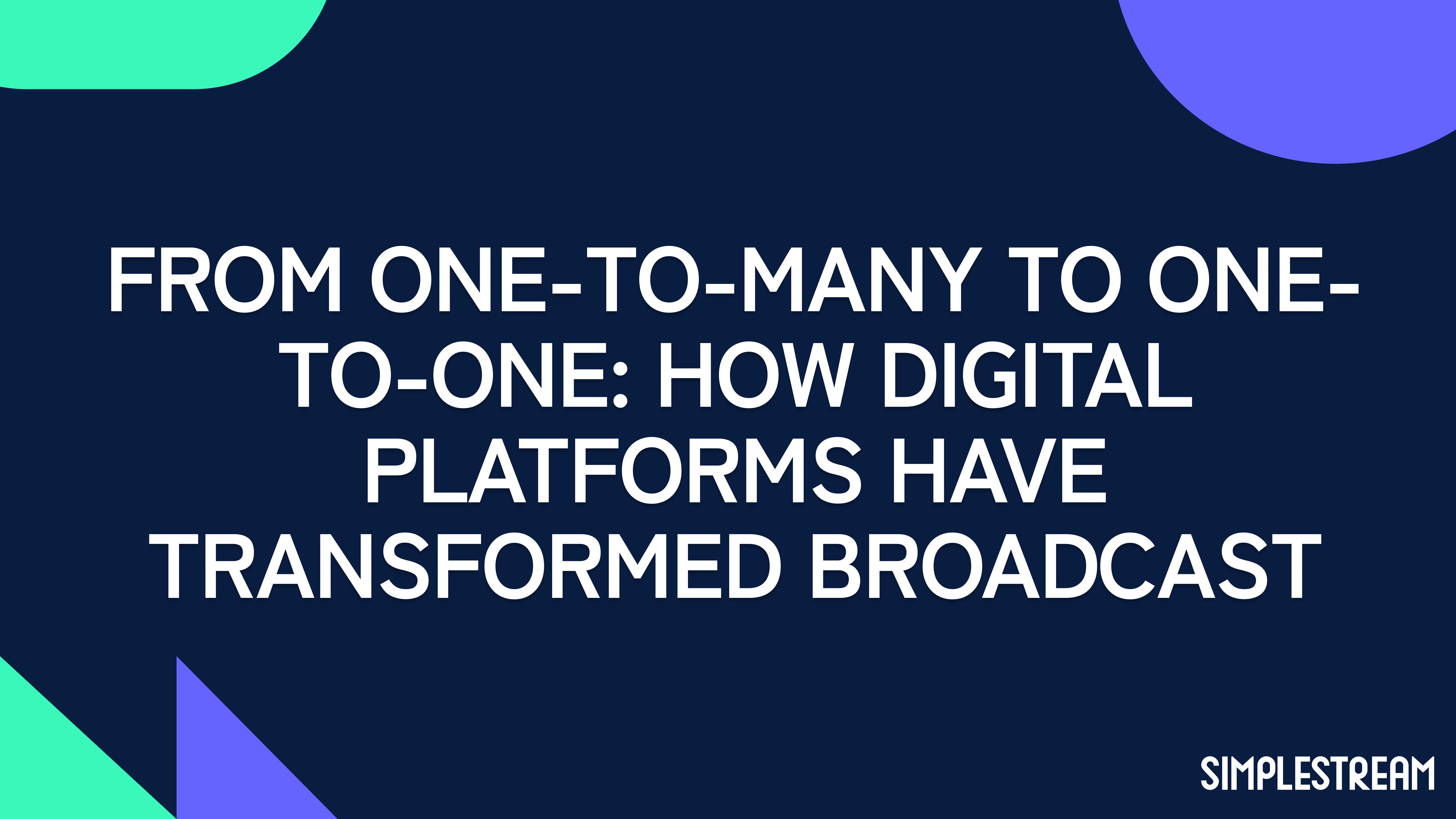The rise of piracy: what if we can’t find the content we want on any VOD platform?
How do we combat the rise of digital video piracy? AVOD, FAST channels, other models: find out more here.
Do you remember the blue and yellow hues of your local Blockbuster? We do, but we also remember the innovation of Netflix with its online DVD rental model, a true game-changer at the time. Blockbuster couldn’t move fast enough, and then they were gone. Netflix did what Blockbuster couldn’t - they adapted - when the numerous methods of getting pirated content shared online for free appeared, they evolved again. This time into a SVOD streaming service, and they are still here today. However, piracy is still prevalent with 5.75 billion visits to pirate sites in 2018, in the UK alone.
Over-subscribed
17% of adults in the UK have three paid video streaming service subscriptions, and as many as seven in ten have one or more. There’s a wealth of content on these services, yet more than 80% of global online piracy can be attributed to illegal streaming services. That figure is shocking, however, this is a result of the syndication of content to specific services. Analytics company, Sandvine, states in their 2019 report:
When Netflix aggregated video, we saw a decline in file sharing worldwide, especially in the US, where Netflix’s library was large and comprehensive. As new original content has become more exclusive to other streaming services, consumers are turning to file sharing to get access to those exclusives since they can’t or won’t pay money just for a few shows.
They also reported that the file-sharing platform BitTorrent had accounted for 45% of all uploads in 2019. It’s not just syndication causing this, as some content just isn’t available on any streaming service. The 17% of adults in the UK with three subscriptions would still struggle to find Cannonball Run anywhere, a tragedy.
Syndicate that, FAST
When Disney began removing its titles from Netflix in 2017 this opened the gates to more rights holders withdrawing their content from the largest platforms and creating their own VOD services. ‘Subscription fatigue’ is now afflicting viewers, which is one of the eight streaming consumption trends we had predicted for 2022. We are all feeling the pinch, with the rising cost of energy, food, and transport. In a recent conversation with an acquaintance in our local pub, he told us about his hankering to watch The Three Tenors performance at Italia ’90, the World Cup – but he couldn’t find it anywhere. He confided in us, that he’d returned to his old ways of piracy as a last-ditch attempt – and there he found it! Albeit, with some added malware for spice, he had his concert. Will more viewers be forced to turn to these methods when they can’t find their The Three Tenors or Cannonball Run?
So, what now?
We at Simplestream can offer a solution, after all, why not have a FAST Channel dedicated to the Burt Reynolds films? Just us? Well, even if we are alone on that one, this is certainly a cost-effective and time-efficient way to get your content to market. ‘Live’ content is consistently out-performing VOD content for our customers, with as much as twice the playtime per viewer for live content when compared to VOD. Digital video piracy is costing the US economy between $29.2 and $71 billion each year – instead of becoming part of this statistic, why not make the content available for free to your over-subscribed viewers through an AVOD model - or even utilise your FAST Channel as a method of up-selling people to your SVOD service? Think of it as a preview of your content offering to potential subscribers, while you’re still generating revenue through Server-Side Ad Insertion (SSAI), win-win.


